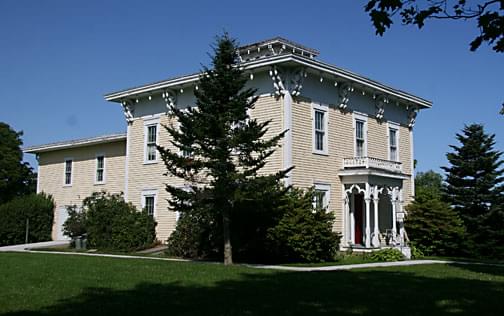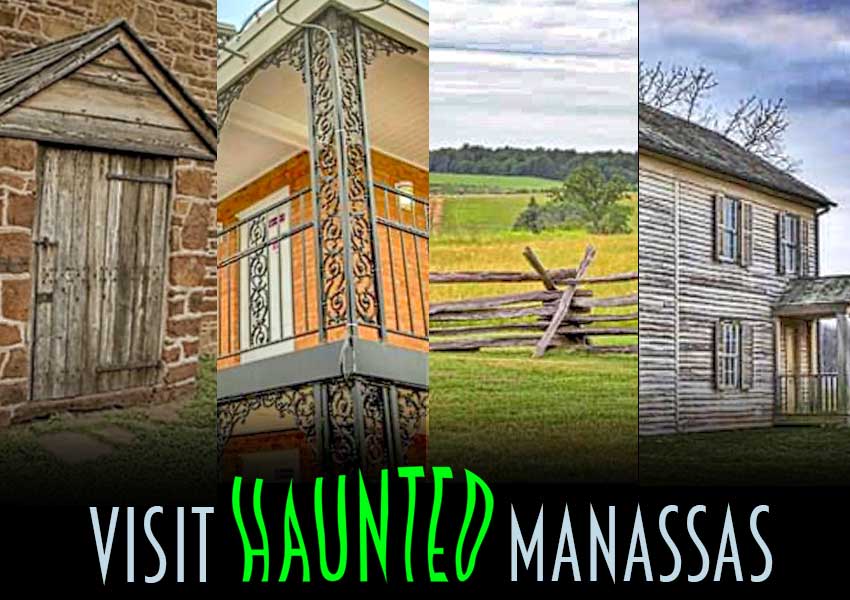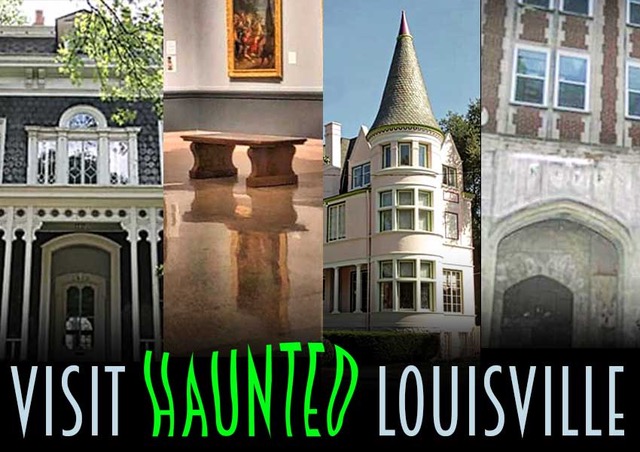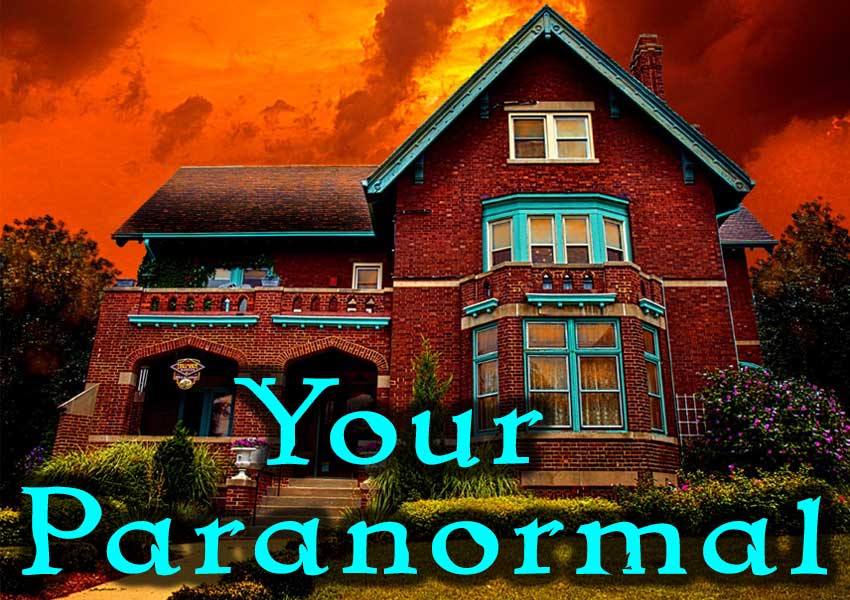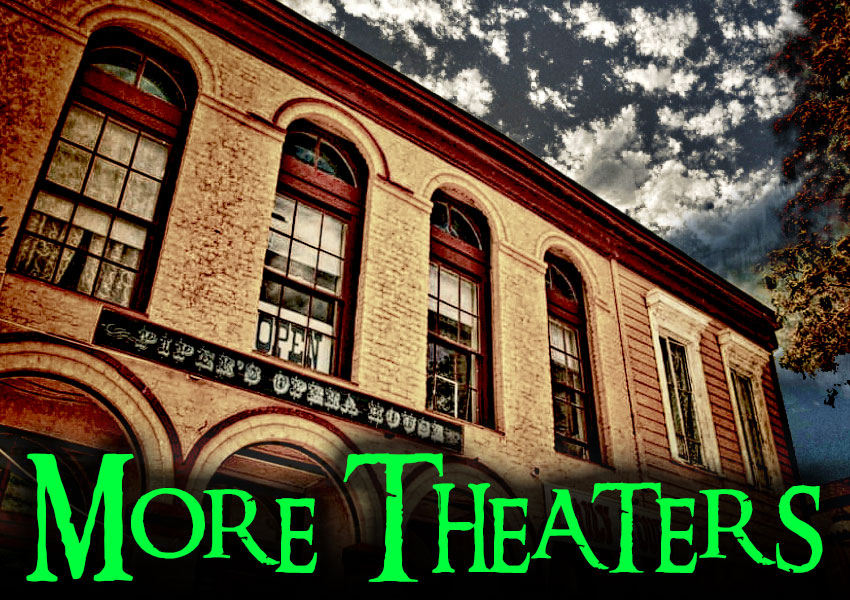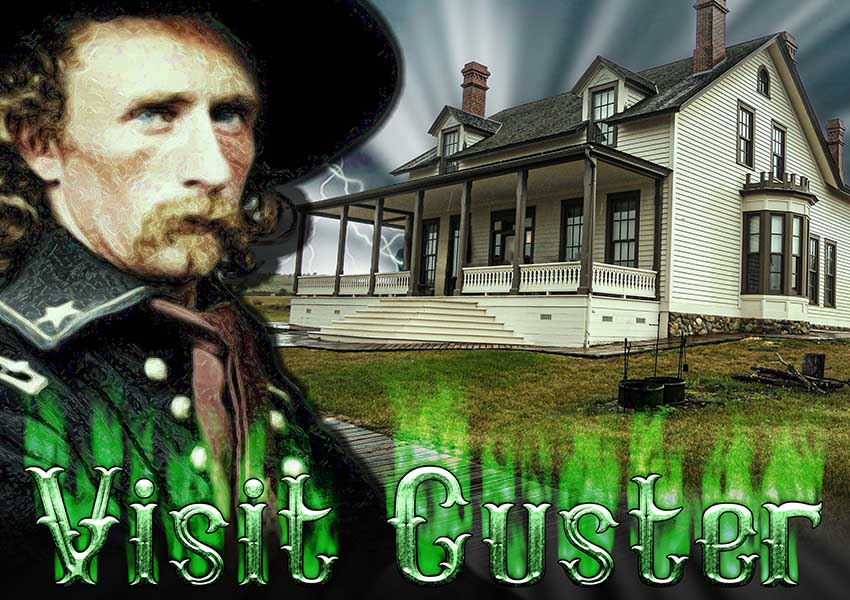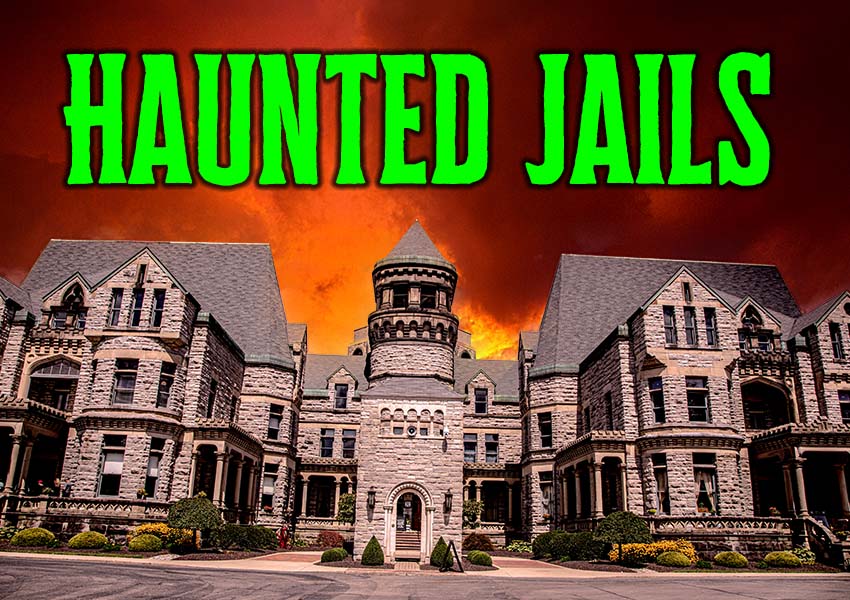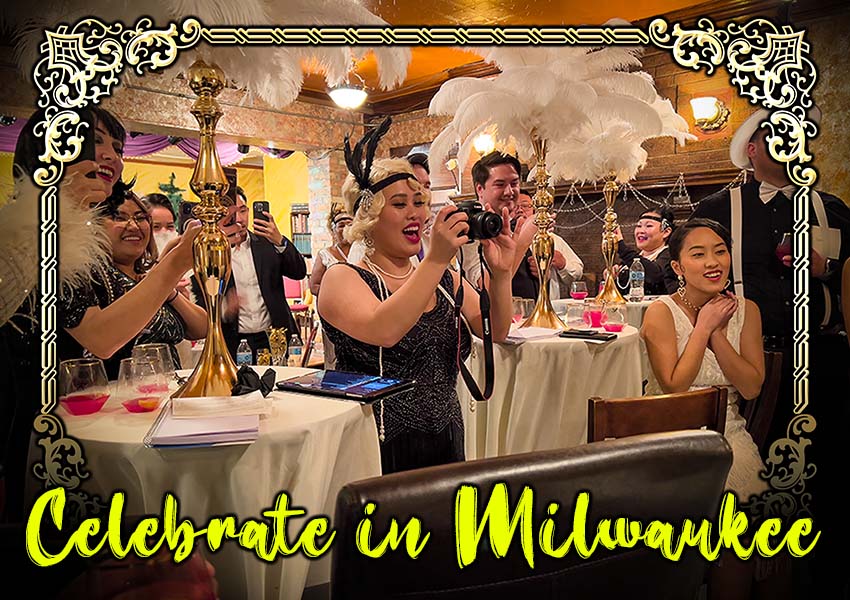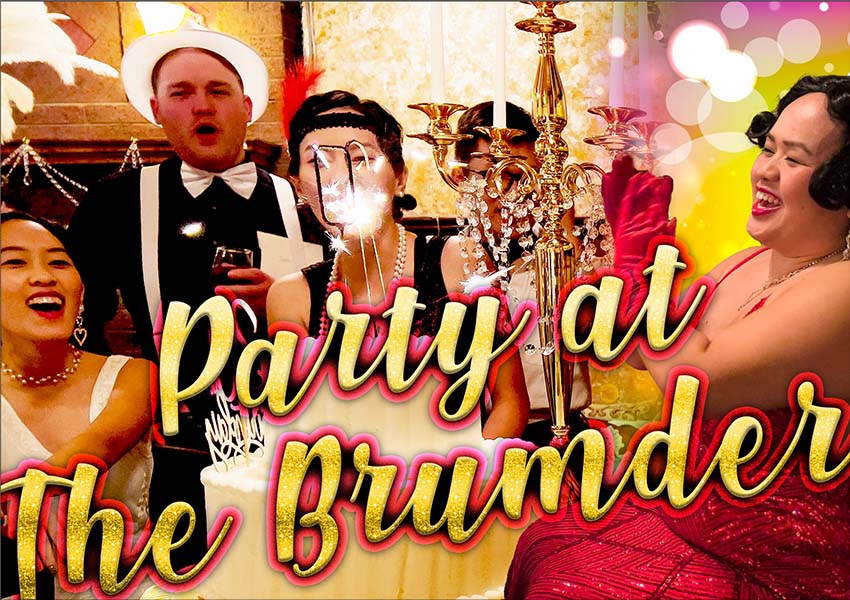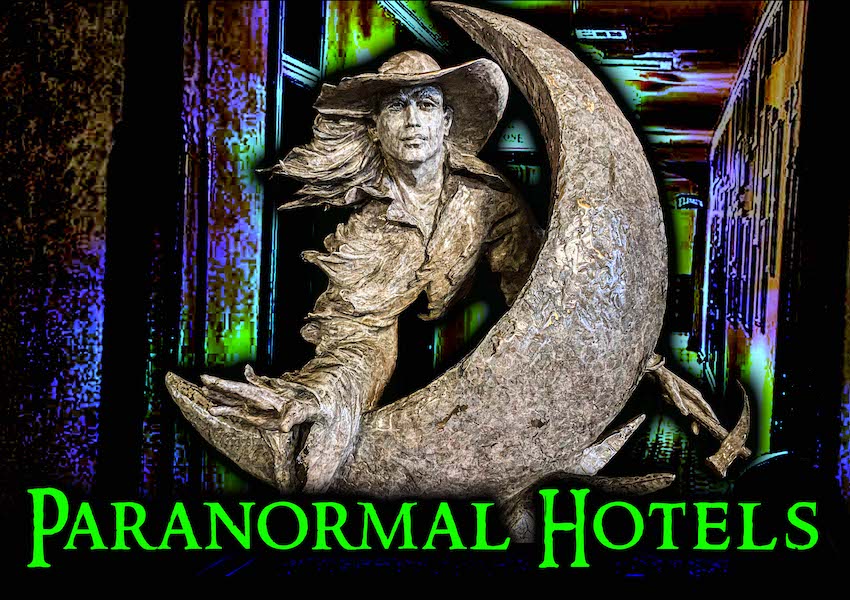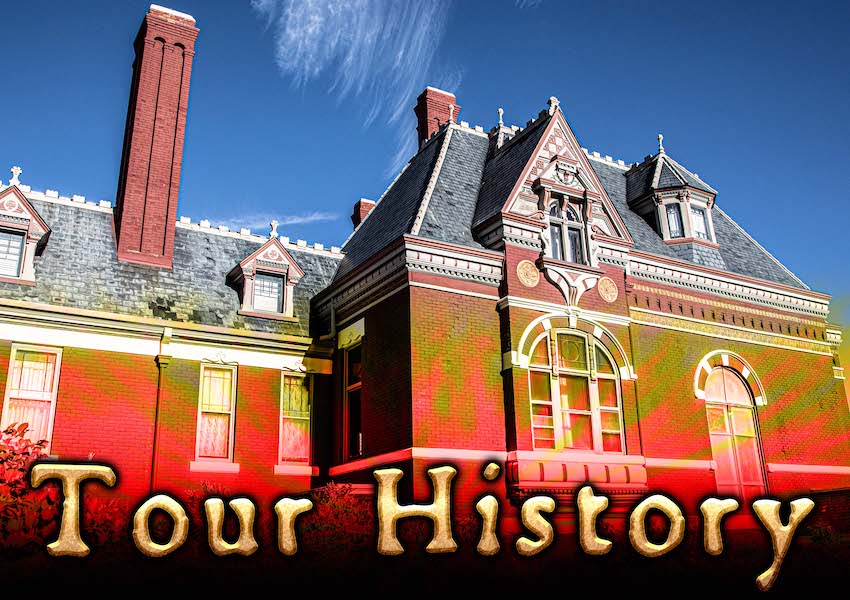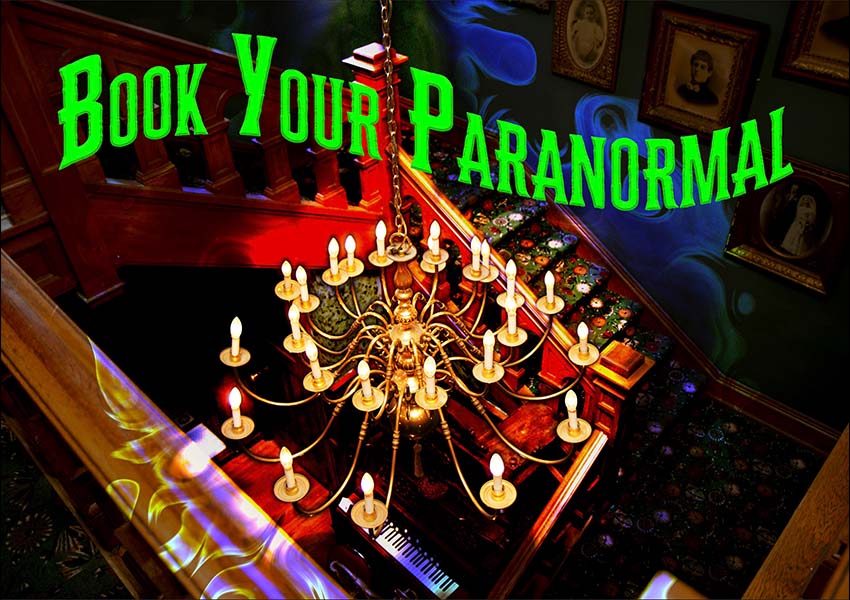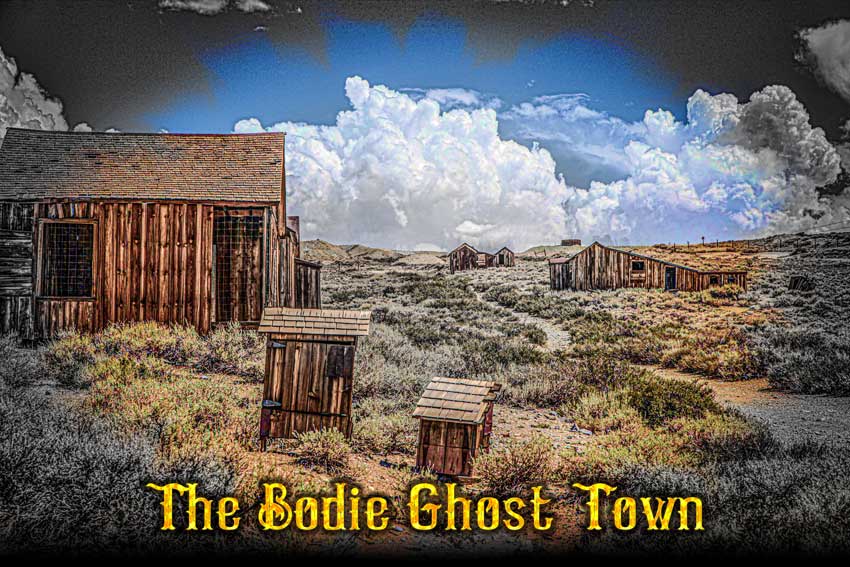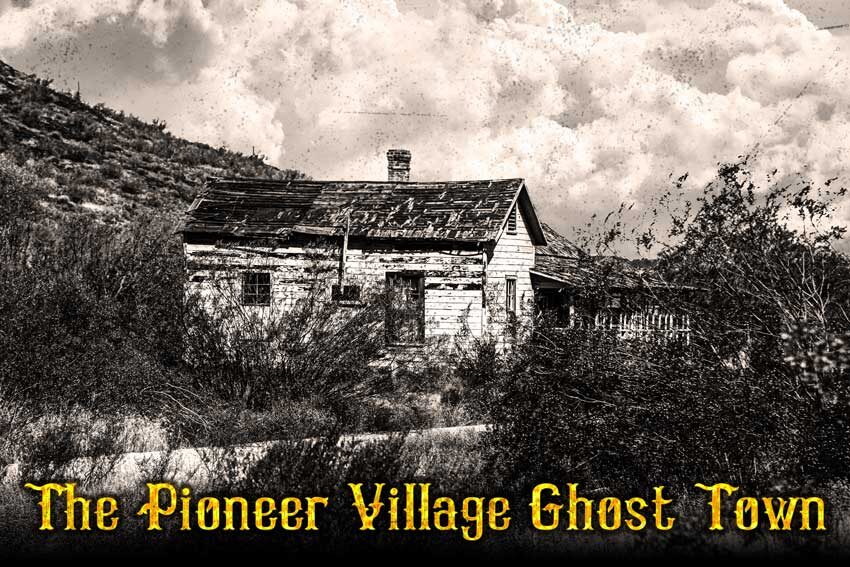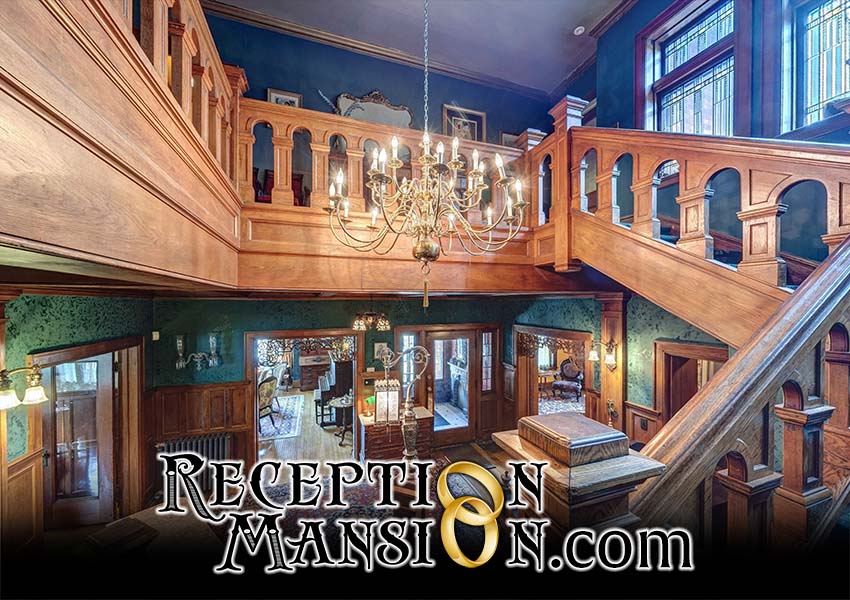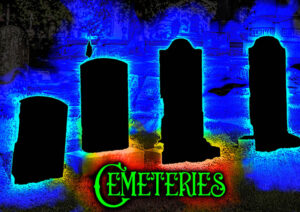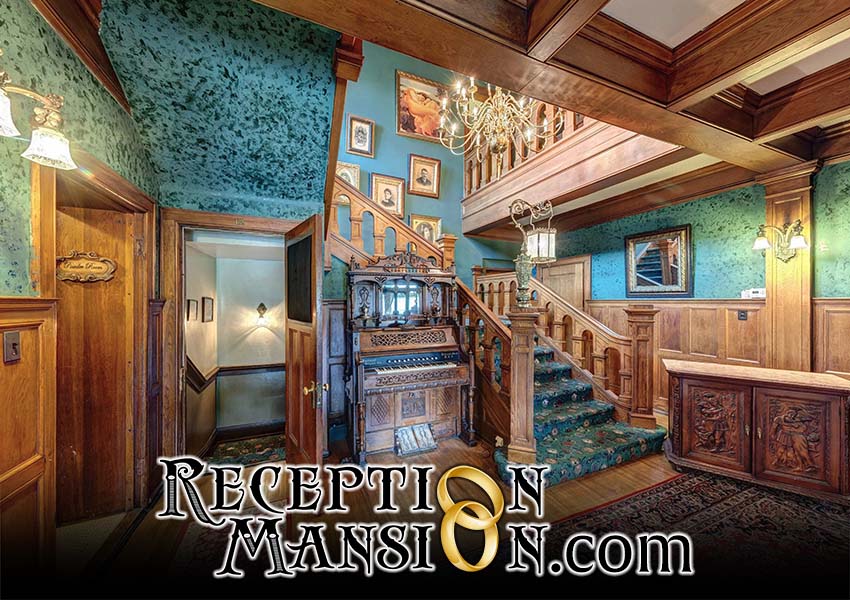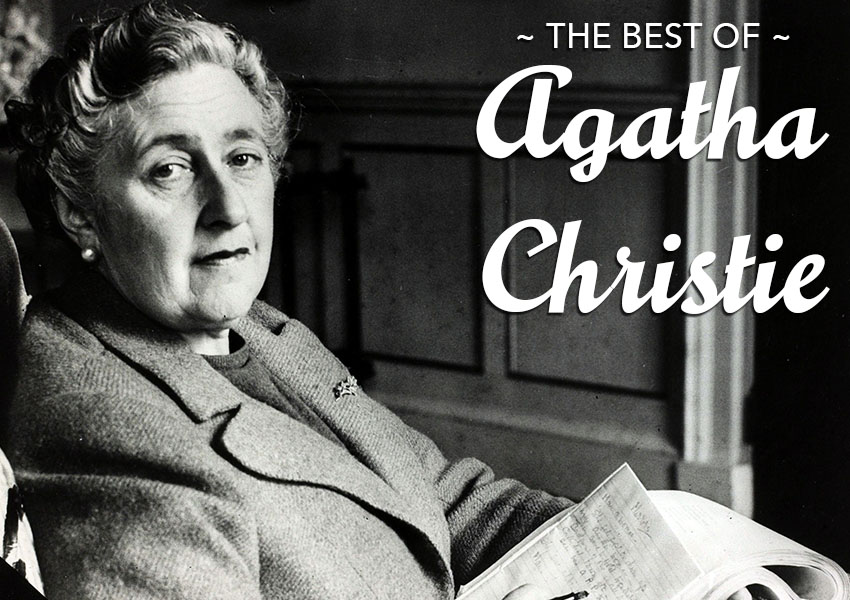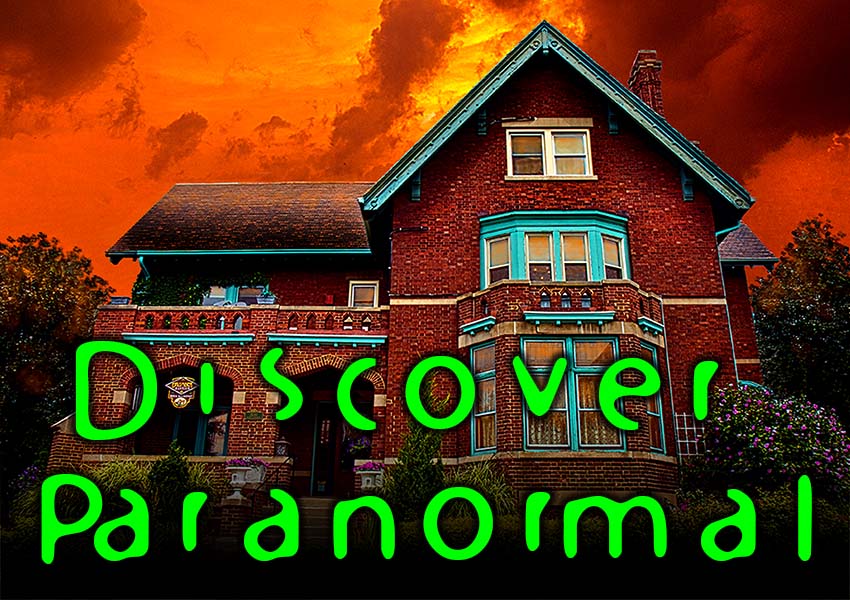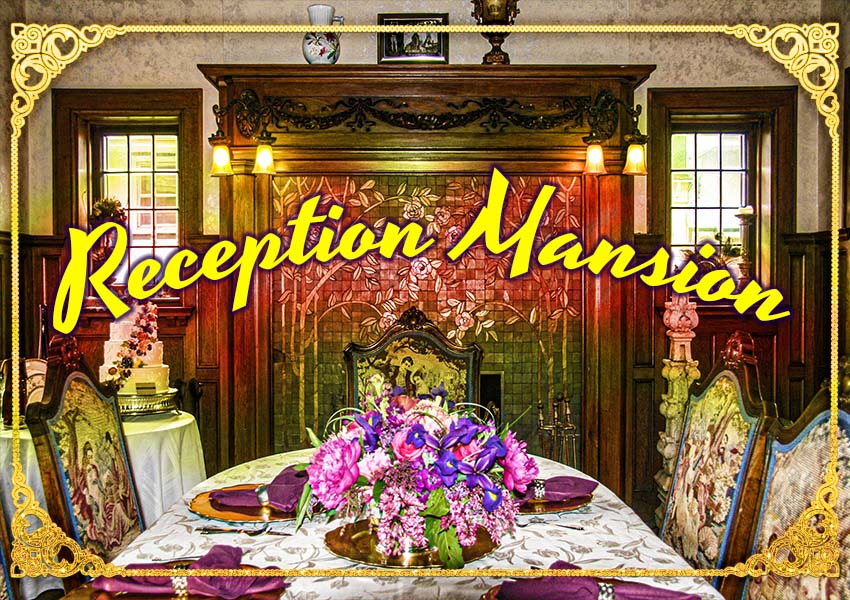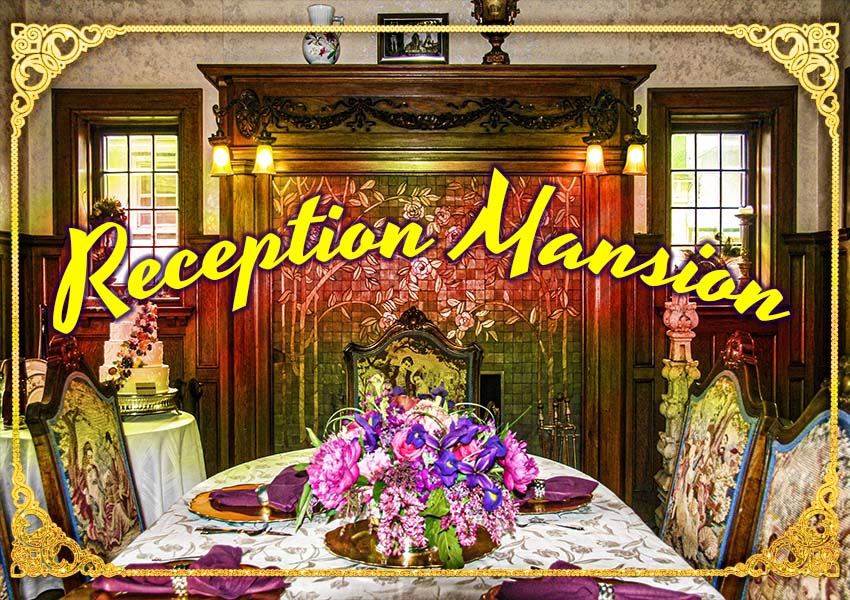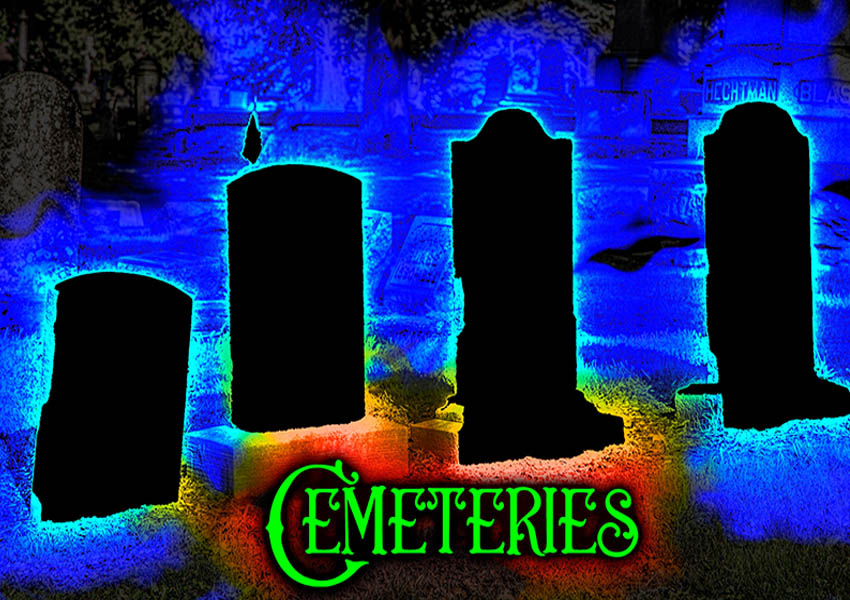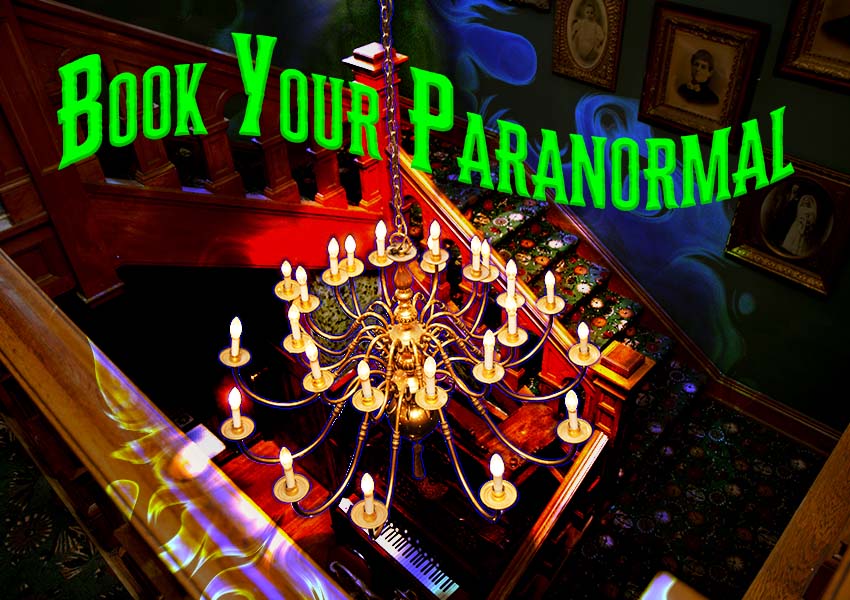Girard Pennsylvania
Battles Farm House
Affable spectral members of the Battles and Reed families are still in residence…
Spectral children express themselves freely.
An accident victim is still suffering.
Old and young spirits are enjoying their afterlife.
This museum also get decor hints from former owners.
Apparently, various items on display are shared with the spirits!
DESCRIPTION
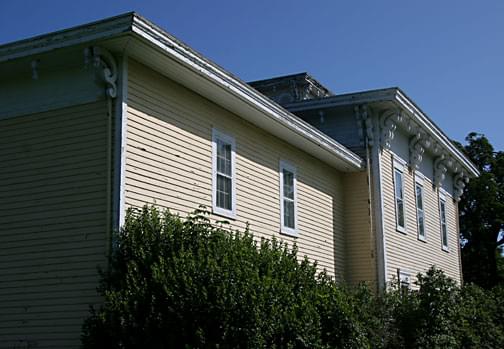 Two different homes, The Charlotte Elizabeth Battles Memorial Museum, and the Battles Museum, are both part of The Battles Museums of Rural life, run by the Erie County Historical Society.
Two different homes, The Charlotte Elizabeth Battles Memorial Museum, and the Battles Museum, are both part of The Battles Museums of Rural life, run by the Erie County Historical Society.
The yellow Battles Museum — Built by Rush Battles, in 1858, is a large, 2 story, solid and practical yellow farm home, with a few decorative dentils along the roof line, and a decorative balcony over the front door, and small, simple porch. It is pretty, well-made, but not extravagant. The Battles were not fancy people, in love with their wealth, looking to put on airs! Looking in the front window, there is no grand hallway, but a simple entry, with the stairs going up to the second floor. Two rooms were on either side of the entry way. It served the family well through the years. By the side of the house is the customary square cellar door apart from the house, laying semi-flat on the ground, leading to the cellar storage.
The Charlotte Elizabeth Battles Memorial Museum — called The White House by the Battles, is a blue and white, beautiful Italianate style home, built by Rush Battles for his new bride, Charlotte, in 1861. While Rush didn’t go overboard, showing his wealth in the construction of this home, it is still a lovely structure, more ornate, with more bells and whistles than the original family structure that Rush built in 1858.
As improvements were needed, the home was transformed to meet the needs of the people who lived there. In the 1880s, the enclosed sleeping porch, called the storm porch, was added to the front of the house.
In 1926, major improvements were made by Charlotte Elizabeth. A bathroom was added to the second floor, the oak floor was laid over the original pine floor throughout the house, the old roof was removed, and a new bedroom on the north side was added.
HISTORY
The Battles Museum: Yellow farmhouse
Asa Battles Sr. came to Pennsylvania, and bought 300 acres in Girard, during 1822-1824, as an investment, and to provide a place to raise his large family of 6 children with his wife, Beth, in a farm environment. Asa sold some of the land to the city of Girard, for the Erie Extension Canal, which would bring commerce into Girard. When Asa Sr. died in 1848, he left 130 acres of his farmland to two of his children; one of them being Rush Sobieski Battles, only 15 years old at the time. There were conditions attached to this inheritance. Rush’s responsibilities included not only caring for his family’s property, but also taking care of his mother and two unmarried sisters, Alcina and Lucina.
Ten years later, Rush Battles was wearing three hats; Being a very successful lawyer who practiced in Girard, as well as being a caretaker and overseer of farm property and being a provider for his family. In 1858-59, Rush used some of his built-up capitol from his lawyer earnings to build a new yellow farmhouse for himself and his mother and sisters. They all moved in this new home in 1859. Also in 1859, Rush, a man with a lot of get-up-and-go, invested some more of his savings and started a new venture with his partner Henry Webster, creating a bank called, Battles and Webster House of Banking, that went strong for 80 years!
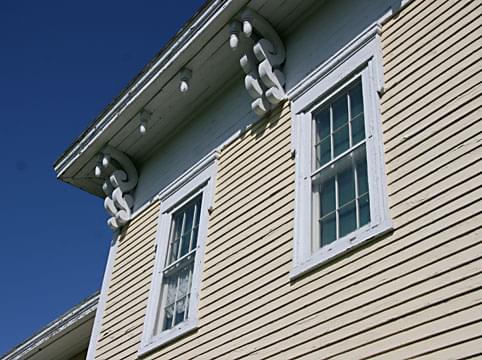
Now it so happened that his new partner, Henry Webster, had a beautiful sister, named Charlotte. Poor Rush didn’t have a chance, as cupid struck! He started courting Charlotte in 1860, and married her, the love of his life, on March 28, 1861. After their honeymoon, they temporarily moved into the yellow family farmhouse with his mother and two sisters, while Rush hired a contractor to build a new, more grander two story home close by, for his new bride, Charlotte. After their mother died, the sisters continued to live in the family yellow farmhouse until they died, in 1905, and 1909, out-living Rush, who died in 1904, at the age of 56.
After the sisters passed on, the Bowers family moved into the yellow farmhouse in the early 1900s. A young Bowers child died of small pox in this house during this time. Over the years, other families also moved in, probably either other Battles family descendants, or perhaps the farmers who worked the Battles’ farmland for Charlotte, Charlotte Elizabeth and then Georgia, who all lived in the house next door, The White House.
The Charlotte Battles Memorial Museum: The White House
Rush and Charlotte, and their Family
While Rush and Charlotte had three children together, unfortunately only one, Charlotte Elizabeth Battles, survived to adulthood. Charlotte Elizabeth’s younger brother, James, and older sister, Mary, died in infancy/toddler-hood.
Charlotte Elizabeth Battles grew up to be a mover and a shaker, like her grandfather and father, with the smarts and the motivation to go after what she wanted in life. She went to Lake Erie Seminary and the Mount Vernon Seminary in Washington D.C. Charlotte Elizabeth married the love of her life, Charles Barber on October 16, 1886. They didn’t have any children, or perhaps didn’t have any that survived.
After mother Charlotte died, only two other owners lived in The White House; (Charlotte Elizabeth Battles Memorial Museum) throughout the years; Charlotte Elizabeth & her husband, and Georgia Reed. Charlotte Elizabeth eventually inherited it all in 1920, when her mother died; including her father’s bank, both homes, as well as the family farm enterprise.
Charlotte Elizabeth wore several hats as well, following in her father’s footsteps. Besides being a wife and managing the farm, she was a music teacher, teaching the area’s children on her piano in the music room. She leased the piano to her students to practice on as well. Charlotte was a talented artist, creating some lovely pictures, some of which hang in her home today, The Charlotte Elizabeth Battles Memorial Museum. Her artistry is also on display on the wallpaper, in one of the rooms. Charlotte Elizabeth helped to run the bank that was started by her father, and she was an active participant in the community of Girard, continuing the family tradition of developing the town’s economic outlook, as well as doing good works.
Charlotte Elizabeth had a generous heart. She donated a large sum of money to the Girard community, for the construction of schools. She was a pillar of the Girard community, honored and beloved by many who appreciated all her efforts and accomplishments, which so greatly benefited her fellow citizens of Girard. It is no wonder why they named this house museum after her.
In 1952, when Charlotte Elizabeth died, Georgia Reed, a very dear friend of Charlotte’s, inherited the Battles’ beloved home, The White House. With the help of tenant farmers, Georgia kept the farm going until her death in 1982. Both houses and property had been put in a trust by Georgia, and willed to Erie County Historical Society, upon her passing. This organization has done a fine job keeping up with the upkeep and restoration of these homes, while opening them as house museums for the benefit of the public.
HISTORY OF MANIFESTATIONS
 The Charlotte Battles Memorial Museum Incident
The Charlotte Battles Memorial Museum Incident
A tragic event occurred, sometime during the history of the farming years: A farmhand, who was kicked in the head by a horse, was taken to the master bedroom, where he probably died. The accident was seen by a female occupant of the house. Tragic deaths in a house can inspire a haunting.
The Charlotte Battles Memorial Museum & The Battles Museum
Diseases and untreated water killed many children in the 19th and 20th century, before vaccines, drugs, antibiotics and treated water was available.
Dumb kid accidents also killed some, as they do today as well.
The Charlotte Battles Memorial Museum & The Battles Museum
Sometimes people love their home so much that they prefer to stay and keep an eye on the living, while continuing to enjoy their home in their after-life.
MANIFESTATIONS
Auditory Activity
Has happened in both The Charlotte Battles Memorial Museum & The Battles Museum.
The common clue of a haunting/or a supervision by spirit people is the hearing of footsteps in a place in the house where there is no one living to make them. Staff and visitors of both homes have heard footsteps on the upper floors.
In the Charlotte Battles Memorial Museum: the sweet sound of children singing is heard in the first floor dining room.
In the Battles Museum: it is said children’s voices are heard in the yard, as they play.
Tactile Experiences
In the Charlotte Battles Memorial Museum: visitors and staff have had their clothes tugged on and touched by little hands of children entities, while on the first floor.
Visual occurrences seen by the staff: Have happened in both Charlotte Battles Memorial Museum & The Battles Museum.
Objects have been moved to different spots than where they were left by the living. Dishes and objects have been known to float around or fall by themselves.
The Battles Museum Incidents: An antique oil lamp suddenly threw itself on the floor. Other lamps have fallen by themselves as well. Perhaps one of the child entities knocked them off by accident, while playing, or perhaps someone has decor issues!
Charlotte Battles Memorial Museum Incidents: The cats which reside in and around this house museum are attracted to and sometimes unnerved by unseen presences. Animals can see unseen presences that the living can’t see.
Visual Sightings of Entities
The Battles Museum Incidents: The Entity of an older female entity, who is dressed in the traditional 19th century, Victorian black mourning clothes has been seen throughout the house, pleasantly going about her business at hand. Where her apparition is seen by the living, the room’s temperature drops significantly.
The entities of two young girls are still playing on the second floor, perhaps the victims of disease or accidents, sometime in the house’s long history.
Charlotte Battles Memorial Museum Incidents: The male entity of the farmhand and the older female entity who saw the accident. In the master bedroom, the staff have witnessed the tender scene of the farmhand laying on the bed, while the older female entity cares for him, sometimes moving into the closet of the master bedroom to get something she needs.
The Entity of a male spirit is seen enjoying the view and surroundings on the second floor.
Another female entity, who is thought to be Georgiana Reed, has been seen by staff, walking around the hallways, and standing in the bathroom addition on the second floor.
A plumber was working on the pipes on the second floor, when he noticed an older, pleasant woman watching him work. He said something to her, but she didn’t say anything. When he looked up again, she was gone.
STILL HAUNTED?
Both old homes are indeed haunted/supervised by spirit people, according to eye witnesses, and backed up by some hard evidence as well, gathered by Pennsylvania Paranormal Investigations. Check out their report for all the details of their investigations found on their web site.
In the Charlotte Battles Memorial Museum: EVPs have been recorded of a male spirit in the upstairs bedroom, and an older female spirit, in the front yard. Two EVPs of perhaps a child were recorded in the dining room.
In the Battles Museum: In the upstairs bedroom, called the purple room, a cold spot was found, where an EVP of a small child was also recorded at the same time as the appearance of this cold spot. On the left side of the farmhouse, a paranormal mist was caught on film, with a form in the middle, around 1 AM in the morning.
LOCATION
436 Walnut Street
Girard, Pennsylvania 16507
(just west of Erie)
(814) 454-1813 x32 to schedule a tour
The white and blue-colored Charlotte Battles house; (The Charlotte Elizabeth Battles Memorial Museum), and the older, yellow-colored Battles farmhouse; (called simply the Battles Museum), can be found on Walnut Street, off of Hwy 20; (also called Main St East)
Traveling west on Main Street, East, Walnut Street can be found between Shenango Street and Mechanics Street Turn left onto Walnut. You will pass suburban homes, and Locust Street, before you will come to the countryside, where the Battles’ 130 acre farm was located.
Our Haunted Paranormal Stories are Written by Julie Carr
Our Photos are copyrighted by Tom Carr
Visit the memorable… Milwaukee Haunted Hotel
SOURCES INCLUDE
- hauntsandhistory.googlepages.com
- ecghs.blogspot.com
- Erie County Historical Society
Our Haunted Paranormal Stories are Written by Julie Carr
Our Photos are copyrighted by Tom Carr
Visit the memorable… Milwaukee Haunted Hotel
